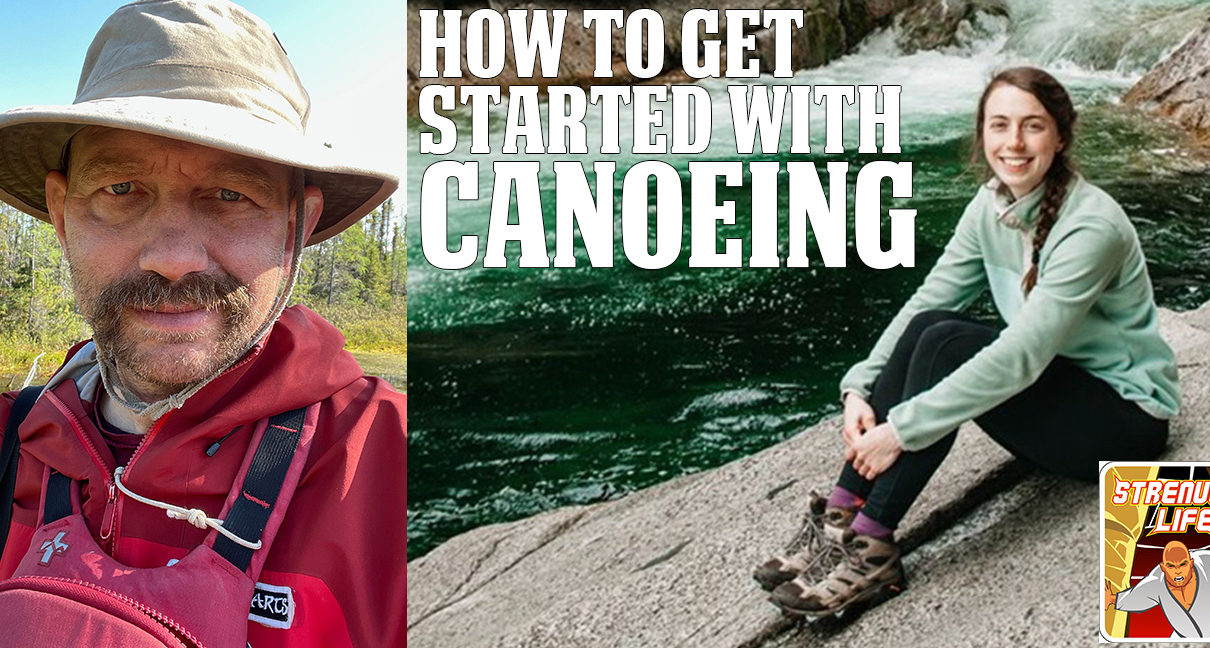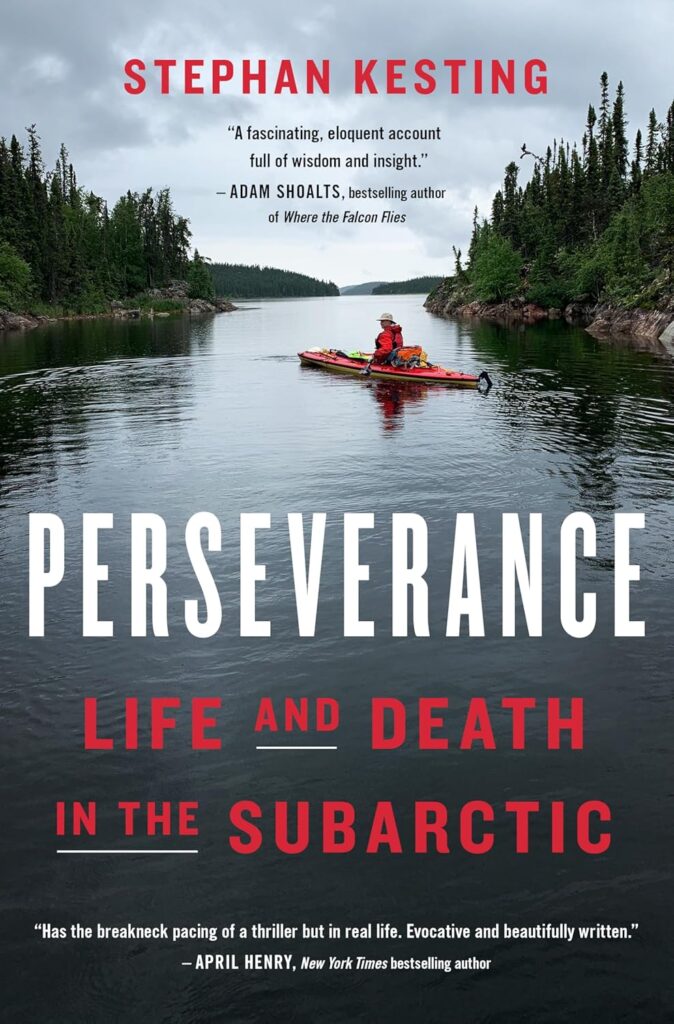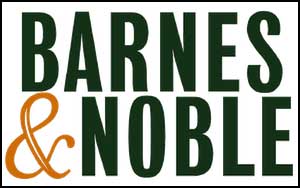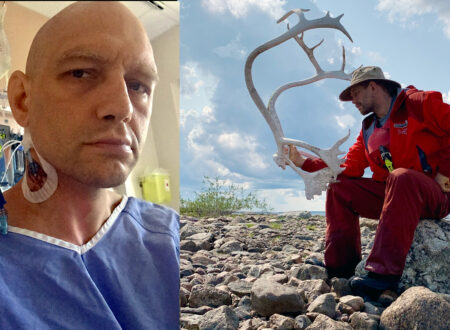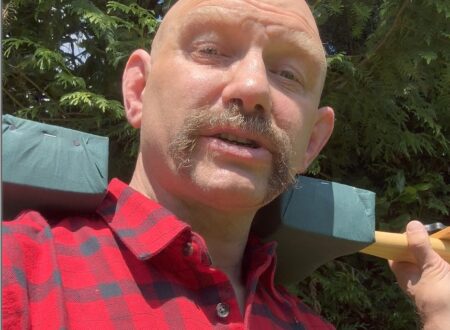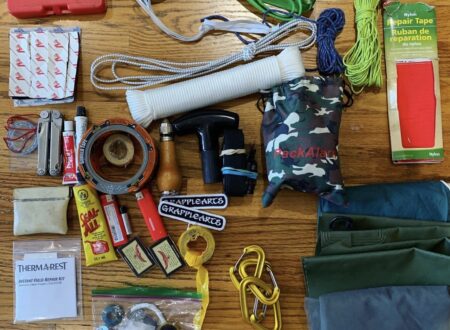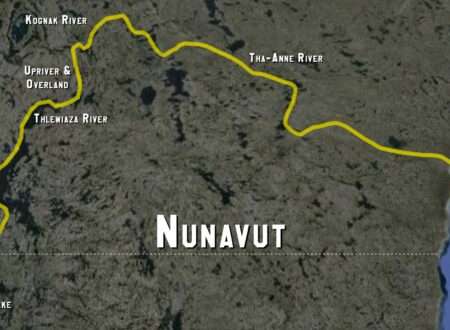Getting started in something new is always daunting, and this especially true if you’re talking about canoeing, paddling, and other watersports. There is steep learning curve and potentially quite an investment in gear, so you want the process to be as painless as possible.
I was thrilled to have canoe guide Mikaela Ferguson on my podcast (The Strenuous Life Podcast) recently to discuss the best ways to get started in paddling and how to achieve the deep solitude that’s possible on a canoe trip.
Check it out in video and/or audio-only format below, or scroll further down to review the main takehome points from the interview…
How to Get Started in Canoeing and Outdoor Adventures (Video Format)
Here’s the video version of this episode on the Strenuous Life Podcast youtube channel…
How to Get Started in Canoeing and Outdoor Adventures (Audio Format)
This interview was published as episode 354 of The Strenuous Life Podcast. You can also listen to the audio-only format of the episode on your podcast player.
It’s on all major podcast platforms, but here are some of the links to get you started…
- Apple Podcasts
- Google Podcasts
- Spotify Podcasts
- Stitcher,
- And most other podcast players
And if you want to stay on this page you can use the embedded audio player below…
Some Highlights from the Starting Canoeing Conversation with Mikaela Ferguson
Some Tips for Getting Started with Canoeing
- Even going car camping one time is the perfect preparation for a bigger canoe trip. By doing this you get used to sleeping in a tent, cooking over a fire, etc. and now all you need to work on are the technical paddling skills.
- Doing even a single guided trip first can take a lot of the anxiety out of wilderness canoeing.
- If your goal is whitewater paddling then you can learn a tremendous amount by taking a course at a reputable school. Not only will you learn important skills but you’ll also learn how to evaluate hazards, avoid unnecessary risks, and stay safe.
- Whitewater is ranked from Grade 1 (riffles) to Grade 6 (near suicidal) based on a combination of both technical difficulty and consequences if you screw up
- If you’re considering paddling in an area talk to the local canoe outfitters – they’ll know the routes, the hazards, and will help you plan a good trip.
- Backpacking generally requires a lot less preparation than paddling trips. On a paddling trip you need to know the rapids, the location and condition of the portages, access and egress points, etc.
- It’s impossible to be the be-all-end-all expert for all things outdoors. Every outdoor ‘expert’ is still learning
Basic Flatwater Safety Precautions
- Always wear your PFD (Personal Floatation Device)
- Don’t paddle when it’s dark
- One of the most dangerous components of flatware canoeing is lake crossings, especially when it’s windy. Be prepared to have wind days and factor in potentially being windbound. Don’t cross a lake when it’s windy and remember that the wind always feels less close to shore
- Be aware of the water temperature. If you do go into the water and you’re wearing your PFD then your main danger is hypothermia
- Learn how to do a canoe-over-canoe rescue to save yourself and others if a boat does tip.
How to Deal with Bears
- Dealing with bears is the most common question Mikaela gets.
- There is a huge difference between bars in the wild and bears habituated to human activity.
- In the wild you obviously want to keep a clean camp, don’t gut fish at your camp, and don’t take food into your tent, but most bears won’t bother you.
- In more popular areas such as parks you can have a lot more garbage, and that means bears get accustomed to getting food from humans. This is much more dangerous situation. Keep a very clean campsite, hang up your food or hide it in a bear cache, and be prepared to stand tall and make lots of noise to scare bears away.
- You’re much, much more likely to be injured on the highway than by a bear if you’re smart about it. Getting lost or injured are much more legitimate fears than bears.
- Bear spray is probably MORE effective than a firearm in a confrontation with a bear.
Hiking and Canoeing While Female
- Most people in the backcountry are going to be good people. There is a selection process that weeds out most of the belligerent or obnoxious people.
- Carrying bear spray when you’re in the hills is useful not only as protection against bears and cougars, but also gives you some peace of mind against aggressive men.
- Mikaela has cancelled trips when there were police reports of aggressive people on the trail but has never had a bad experience in the bush.
Dealing with Lightning
- Get off the water and into the forest.
- Don’t be in an open space because you don’t want to be the tallest object in a field where the lightning will find you.
- Don’t stand next to or under the tallest tree in the forest – it could get knocked over, or could conduct electricity to the ground.
- Don’t lie down on the ground; you don’t want current to flow into one body part, through your body, and out another body part. Instead stand or crouch with your feet together, ideally with an insulating layer between you and the ground (like a sleeping pad, PFD, etc).
- Be aware of the wet and cold weather causing hypothermia.
Navigation
- Learning to correlate what you see on a 2D map to what’s in the 3D world can be tough. One good way to learn is to have a map on your lap as you’re going down the river and try to follow along as you go down the river. Try to guess what an upcoming feature is based on the maps, and then confirm it when you get there.
- Trails and river spoil you – most of the time you just have to stay on the river. Navigating large lakes can be quite tricky.
- GPS units are useful for navigating, but even more useful for sending an SOS if you break your leg (most modern GPS units have an emergency transmit function). Satellite phones are useful for the same reason.
Ultralight Backpacking
- When she’s hiking Mikaela prefers a very light backpack and minimal gear. Often her base weight (pack and gear but not including food and water) will be as low as 16 lbs.
Her typical backpacking load includes
- backpack
- sleeping bag
- sleeping mat
- small tent
- stove
- pot
- clothing (but no extra)
- toiletries
- small first aid kit
- satellite phone
- camera gear
When Mikaela is canoeing she’ll take more gear and a heavier load. She’s even been accused of being a canoeing diva! She’ll a lot more clothing, a pillow, a camp chair, and a reflector oven or a dutch oven for wilderness baking. She doesn’t cook at all in the real world but loves cooking on trips
Dealing with Mosquitoes and Black Flies
- Some people have very strong reactions to bugs initially and then, eventually, start having much milder reactions.
- Always bring a bug hat – they’re weight nothing and are amazing
- Even with a bug hat you might still want to apply bug cream (30% DEET) to your wrists, ankles and neck.
More About Mikaela Ferguson
Check out Mikaela’s blog voyageurtripper.com as well as her premium trip reports site tripreports.voyageurtripper.com where for $35 per year you can get into new areas that aren’t as populated or overrun
Also follow her on Instagram where she shares a ton of great stuff instagram.com/voyageurtripper.
More Updates, Articles and Interviews from this Website
I’m publishing new articles and interviews all the time. Please enter your best email below if you’d like to be updated when that happens so you don’t miss out!
Cheers,
Stephan Kesting
EssentialWilderness.com
CHECK OUT MY NEW BOOK, PERSEVERANCE, LIFE AND DEATH IN THE SUBARCTIC!
Perseverance, Life and Death in the Subarctic, is the story of my 42-day solo expedition across the Canadian Subarctic after coming back from the brink of death. On this trip, I encountered bears, storms, forest fires, and raging rapids, and had to find new ways to unlock new levels of endurance and tenacity.
I’ve been told it’s a great adventure story, has lots of useful tips and tricks for the outdoors, and is an inspiring read as well. I’d be honoured if you check it out at the bookstore of your choice or at the links below…


